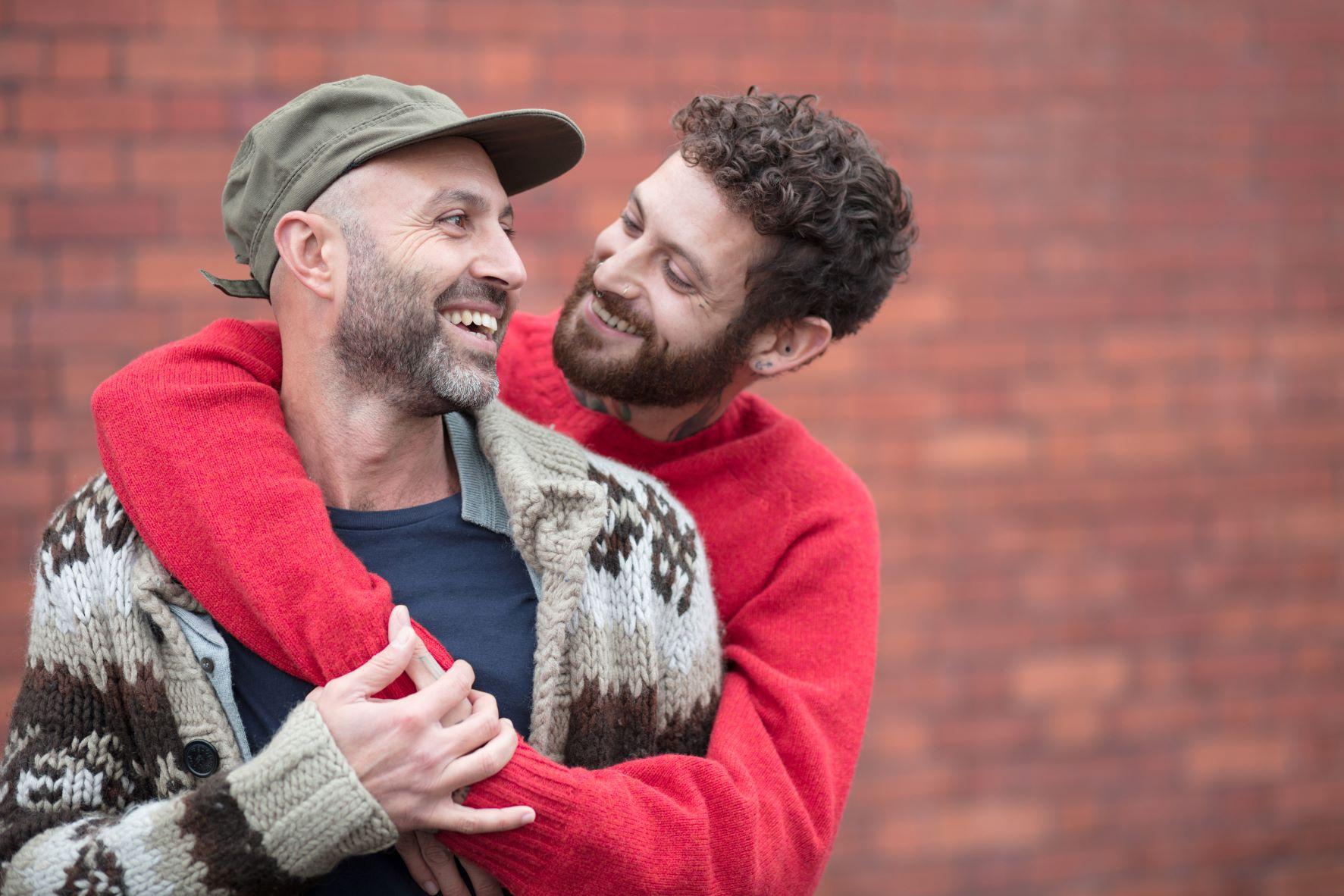Many lesbian, gay, bisexual, trans, gender diverse, intersex, or queer (LGBTQI+) Australians are happy and healthy, but significant health and wellbeing disparities exist between people who are LGBTQI+ and the non-LGBTQI+ population1.
Discrimination and stigma inhibit the health and well-being of people in LGBTQI+ communities and their use of health services2,3,4.
Fewer than half of LGBTQI+ people report ‘feeling accepted a lot’ or ‘always’ when accessing health and support services, according to a survey of nearly 7,000 LGBTQI+ Australians1. Most (84%) said they accessed mainstream health services; 59% felt their sexual orientation was ‘very/extremely respected’ in this situation, whereas 38% (of those for whom it was relevant) felt their gender identity was ‘very/extremely respected’.
Regarding future access to health services, about one in five LGBTQI+ people said they would prefer a health or support service that caters only to LGBTQI+ people, whereas almost half said they would prefer a mainstream health or support service that is inclusive of LGBTQI+ people1.
However, these preferences varied substantially according to people’s sexual orientations and gender identities. These figures show there is room for improvement when it comes to making practices more welcoming and inclusive for LGBTQI+ people.
Tips for health professionals
1. Communicate in a welcoming and respectful way
The key to welcoming and respectful communication is to not make assumptions. One way to do this is to use inclusive language and to ask open questions without assuming what someone’s sexual orientation, gender identity or sexual characteristics are.
2. Keep learning
Tips for organisations
1. Create a welcoming and safe environment
Use visual cues such as posters and flyers in waiting rooms and other public areas to help LGBTQI+ people feel more welcome. The Victorian Government Department of Health has several customisable posters available to download on their website. You can also communicate inclusivity and safety messages via your practice website and social media accounts.
It is important to use inclusive language and to uphold privacy in all communications with LGBTIQ+ people. This includes all forms that you use to collect personal information, such as registration or intake forms.
2. Ongoing training and accreditation
To help foster inclusive healthcare across your organisation, arrange ongoing training for all staff in inclusive language and privacy protocols. If your team attempts to use inclusive language without appropriate background knowledge and understanding, they risk alienating their LGBTQI+ patients.











